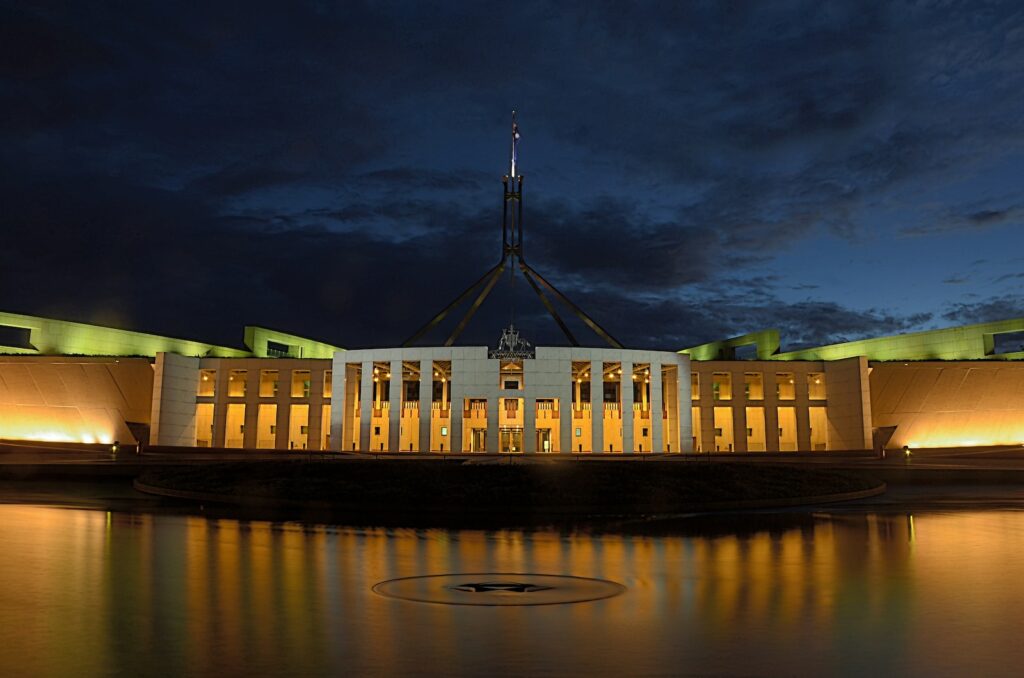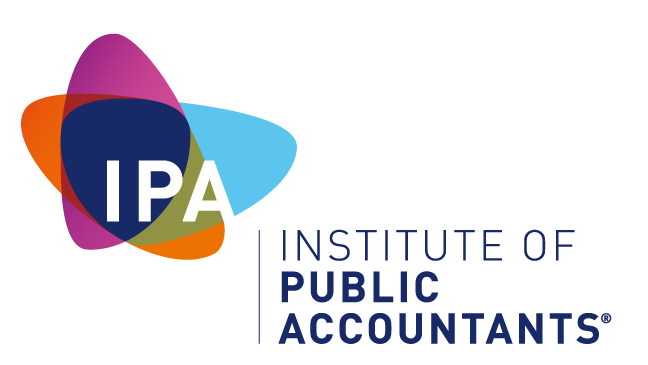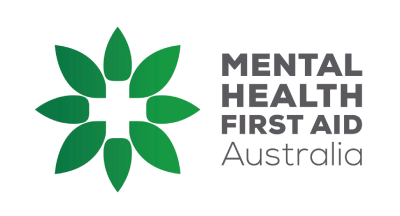The Australian Government unveiled its annual budget this week, which aims to stimulate economic growth, address long-term challenges, and improve social services. The budget is focused on helping with the cost of living, with tax cuts for middle and low-income earners, while also allocating funding to health, education, and small businesses. If you have any questions about how this budget affects you, please get in touch.
Tax Cuts
One of the key features of the budget are tax cuts for middle and low-income earners, providing $20 billion in relief to taxpayers. The government has stated that these tax cuts will provide more money in the pockets of Australians, allowing them to spend more and stimulate the economy.
Around 10 million taxpayers will benefit from the tax cuts, with low and middle-income earners receiving the greatest benefit. Those earning between $50,000 and $90,000 per year will receive a tax cut of up to $1,080 per year, while those earning less than $50,000 per year will receive up to $690 in tax relief.
Small Business Support
The government has also announced a $1.5 billion package to support small businesses, particularly those in regional areas. The package includes tax breaks, grants, and loans, aimed at helping small businesses grow and create jobs.
Small businesses with an annual turnover of less than $50 million will be able to claim a bonus tax discount of 20% for spending that supports electrification or more efficient energy use.
The ‘Energy Incentive’ will apply to expenses such as electrified heating and cooling, induction cooktops, more efficient white goods, and installing batteries and heat pumps. The maximum claimable amount is $20,000, which means eligible spending of up to $100,000.
Additionally, the $20,000 instant asset write-off for small businesses will remain in place until mid-next year, allowing businesses to deduct the full cost of assets up to that price that were installed or ready for use before that date.
Superannuation
The government plans to implement a significant change to superannuation payments, aimed at ensuring workers receive the superannuation they are owed and improving retirement incomes for younger employees by thousands of dollars.
Starting in July 2026, employers will be required to pay super at payday instead of quarterly. This change is expected to increase the amount of money workers receive due to compounding interest, and make it more challenging for businesses to avoid paying super.
The government predicts that a 25-year-old earning an average wage will benefit by approximately $6,000 at retirement because of this change. However, individuals with the largest super accounts will not be as fortunate, as the government intends to double the tax rate for super balances over $3 million.
From the 2025 financial year, future earnings on super balances exceeding $3 million will be taxed at a rate of 30%, affecting roughly 80,000 individuals.
Aged Care Workers
Australia’s aged care workers, including registered nurses and home care professionals, are set to receive a pay increase of 15%, in the government’s $11.3 billion package. The pay increase will come into effect from July, with some workers receiving a pay rise of up to $10,000 per year. The low pay rates in the sector have contributed to a shortage of workers.
The pay increase will result in a rise of over $10,000 per year for a registered nurse and over $7,500 for an enrolled nurse. In addition to this, the federal government will redirect some of its aged care spending, with a projected decrease in payments of $2.2 billion over the next three years on residential aged care due to a growing preference for older people to remain in their homes.
Child care
The government’s $4.7 billion childcare subsidy changes will be implemented from July 1st. These changes will mainly benefit families with children in childcare and a household income below $530,000. For families earning less than $80,000, the subsidy for their first child will increase to 90%, while those earning more than $80,000 will see a gradual decrease in their subsidy based on their income. Some families may witness an increase in their subsidy by up to 20%.
Energy bills
The government will be providing up to $500 in energy bill relief to pensioners, veterans, concession cardholders, and those receiving government support payments. In addition, small businesses will receive up to $650 to offset price increases for 2023 and 2024. This is expected to benefit approximately 5.5 million households, with rebates of up to $350 available for Western Australia, the Northern Territory, and the ACT, and up to $500 for other states, as they face higher price increases. Additionally, a separate fund will be established to provide low-interest loans to homeowners for making their homes more energy-efficient.
General Practitioners
The government is tripling the bulk-billing incentive for GPs for the most common consultations with children under 16, pensioners, and other Commonwealth concession cardholders. This move is aimed at encouraging more people to see their GP rather than ending up in the hospital system. The increased bulk-billing incentive will enable GPs to bulk-bill around 11.6 million eligible Australians, eliminating out-of-pocket expenses. The incentive will be higher in regional and rural areas, and will cost the government $3.5 billion over five years.
In addition, the government plans to establish eight new Medicare Urgent Care Clinics with extended operating hours. The clinics will bulk-bill and provide urgent care services to patients who need it.
Home Owners
A new scheme will launch to provide low-interest loans to households that wish to enhance their energy efficiency. The program intends to offer 110,000 loans to households, motivating them to invest in more energy-efficient appliances or to improve energy efficiency through other means, such as adding solar panels or installing double-glazed windows.
Indigenous Australians
$1.9 billion has been allocated to enhance the economic opportunities and living standards of Aboriginal and Torres Strait Islander people. Of this amount, more than $500 million will be allocated to better cancer outcomes for First Nations people, with an extension of the Tackling Indigenous Smoking program. There is also $410 million earmarked for remote housing in the Northern Territory, Wreck Bay Village, and Jervis Bay.
$150 million will be allocated to Indigenous education and languages. Additionally, $46 million will be provided to Aboriginal Community Controlled Organisations for skills training, and funding for the continuation of the Indigenous ranger program. Another $250 million will be used to enhance community safety, services, education, and job creation in Central Australia.
Over three years, the federal government has pledged over $360 million to conduct the Indigenous Voice to Parliament referendum, which includes funds for civic campaigns, and an increase of $10.5 million for extra mental health support for First Nations people during the referendum. The federal government has also allocated $1.7 million for the appointment of an interim First Nations Aged Care Commissioner.
Environment
$355 million has been allocated over four years for Commonwealth national parks and marine reserves. This funding includes $90 million to improve water, sewerage, and electricity services for the Mutitjulu community, the traditional owners of Uluru-Kata Tjuta national park. The Australian Institute of Marine Science will receive $163 million over four years, with an additional $43 million each year ongoing, to enhance their science and technology capabilities and increase staff.
A new agency, Environment Protection Australia, will be established with $121 million over four years to enforce federal environmental laws. The government has allocated $51 million to create “Environment Information Australia,” which aims to be a credible source of environmental information. Additionally, $104 million has been set aside to review the Murray Darling Basin Plan, and $45 million to support basin communities.
Heavy Vehicle Road User Charge
The heavy vehicle road user charge will increase by 6% annually for the next three years, reaching 32.4 cents per litre of diesel by 2025-26, up from 27.2 cents.
The decision to raise the charge was made by a collective agreement among federal, state, and territory transport ministers, and the revenue generated from it is commonly allocated to fund road maintenance and repair.
Medication
Starting in September, the cost of hundreds of medications listed on the Pharmaceutical Benefits Scheme will be reduced by almost half. This will be done by allowing people with chronic illnesses to purchase two months’ worth of medicine with a single prescription, saving them a co-payment fee each time. The initial list of 100 medications includes some of the most commonly used medicines for conditions such as type 2 diabetes, depression, heart failure, asthma, and high cholesterol. In total, 320 medications will benefit from this program, with the final batch to be included by September of next year.
Arts
$286 million over a five-year period has been pledged to bolster the arts sector. Most of the funding will be directed towards Creative Australia to implement the government’s arts program and establish four new arts bodies, including a First Nations-led body, Music Australia, Writers Australia, and Creative Workplaces.
Additionally, $112 million over four years will be allocated to incentivise big-budget screen productions to Australia by increasing the Location Offset rebate and creating more local job opportunities.
To address the concerns of Australia’s national collecting institutions, the government will provide $535 million in funding. Nine institutions will receive funding to enable them to preserve their collections adequately.
Single Parents
The government has decided to raise the cut-off age for the single parenting payment from 8 to 14 years old. This decision will mostly reverse a previous cut made more than a decade ago during the Gillard and Howard governments. Before this change, single parents were required to apply for JobSeeker once their youngest dependent child reached 8 years of age. With this change, parents will receive an additional $176.90 per fortnight if they are on the base rate, resulting in a total of $922.10 per fortnight. The increase in the cut-off age will benefit around 57,000 parents, mostly women.
Politicians
The federal budget has allocated funds to expand the offices of federal MPs and hire additional staff. Each federal MP will receive funding to hire a new staff member for their electorate office.
The hiring of new staff and changes to travel entitlements will amount to a cost of $40 million annually.
Furthermore, there is a $15 million budget allocation for renovations to Parliament House.
NDIS
The budget has allocated a significant amount of funding to the National Disability Insurance Scheme (NDIS), which is one of the fastest-growing areas of spending.
While the NDIS will continue to expand in the coming years, the federal government aims to control its growth. Starting from mid-2026, the government plans to cap the annual growth of the scheme at 8 percent.
However, Treasury projections indicate that the growth of the scheme may exceed this target. It’s important to note that the NDIS is demand-driven and will remain as such, which means that it will continue to provide the necessary support to its participants regardless of its size.
Vaping
In an effort to prevent a “new generation” of nicotine addiction, the health minister will heavily regulate vapes and ban disposable vapes, making them accessible only through pharmacies with a prescription. Those who want to use vapes to quit smoking will be able to get prescriptions through their doctors rather than the Therapeutic Goods Administration.
Women
The rules for eligibility for the single parenting payment are changing, which will primarily benefit women.
The new rules raise the eligibility age to include single parents with a child up to 14 years of age, up from the current cut-off of 8 years.
As 91% of recipients are women, this change is particularly beneficial to them.
Although the eligibility for the payment is expanding, the rate will not be increased.
Furthermore, $327 million is being allocated towards women’s safety, including $160 million to support frontline services in partnership with state and territory governments, and $194 million towards various Indigenous women’s safety programs.
Disaster Response
The federal government has committed to establishing a National Messaging System to deliver instant emergency warnings to all mobile devices in a geographic area. It will be operational by late 2024.
Young people
Income support payments for young people will increase by $40 per fortnight for both Austudy and Youth Allowance to help with rising living costs. Additionally, Commonwealth Rent Assistance will see a 15% increase in the maximum rate, costing the government approximately $700 million per year.
The government has allocated $127.3 million over the next four years to create 4,000 additional Commonwealth-supported places at universities, particularly for courses related to the nuclear-powered submarine program, including STEM and management disciplines.
Sport
The budget allocates a significant amount of funds for the 2032 Brisbane Olympics preparations.
Over the next decade, $3.4 billion will be invested, with $2.5 billion designated for the Brisbane Arena and $935 million for 16 new or refurbished venues. However, most of the expenditure will be incurred later this decade.
In addition, the budget includes $240 million for a new stadium on Hobart’s waterfront, known as the Macquarie Point stadium, which was pivotal in the AFL’s efforts to bring a 19th team to Tasmania.
Defence
$11 billion has been allocated to defence spending over the next four years, on top of the already planned increase. The funds will be used to acquire long-range missiles, upgrade bases and ports in the north, and expand the workforce. Additionally, the government will invest $4.5 billion over the next decade, and half a billion annually thereafter, in a nuclear-powered submarine program. The Australian Secret Intelligence Service will also get a $470 million funding boost to “modernise” the agency.
Ukraine
Another $200 million will be spent over two years on additional support for Ukraine during the ongoing war with Russia.
Agriculture
The government has allocated an additional $1 billion over four years to enhance biosecurity, which includes greater regulation, surveillance, and international engagement.
To partially offset the cost of the measure, a “biosecurity protection levy” will be imposed on Australian producers of agricultural, forestry, and fishery products from the middle of next year.
The Pacific
$1.9 billion will be spent to enhance relationships with Pacific nations through various programs over five years. Of the total, $1.4 billion will be utilised to improve Australia’s defence and security presence in the Pacific region.
A sum of $370 million will be spent over four years to extend the Pacific Australia Mobility Scheme, which offers seasonal work visas for Pacific country citizens.
The remaining $114 million will be used to finance humanitarian relief and disaster preparedness projects.
New Migrants
The cost of visa applications will increase by 6 per cent. The move is expected to generate an additional $660 million, which will be utilised to improve visa processing times and reduce the backlog of immigration applications. Working holiday and short-stay visa applicants will experience a more significant increase in fees, with a total hike of 21 per cent on application charges.
Got a question?
If you have any questions about how this budget affects you, please get in touch.









